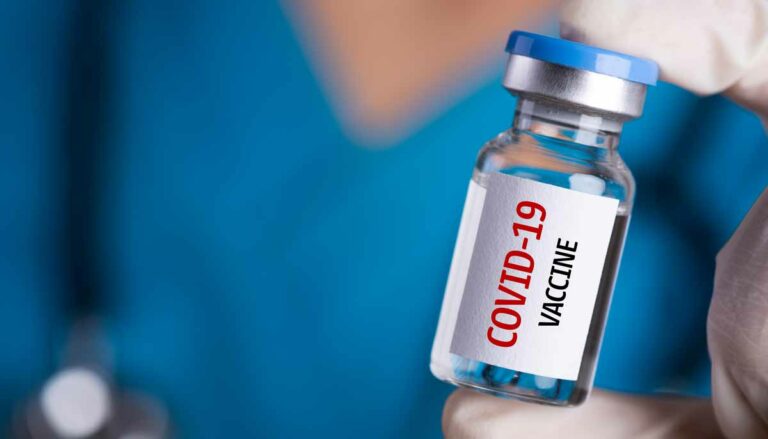At the start of the new decade, things were uncertain all over the world. The global climate crisis continued to weigh on the minds of many. In January of 2020, the US oversaw the assassination of Iranian general Qasem Soleimani, spreading fears that the US might go to war with Iran.
And, as this was unfolding, China was quietly battling a bizarre new disease, COVID-19, which was caused by a coronavirus not unlike the one that causes SARS.
After months of slowly spreading across the globe, the virus impacted the US severely in mid-March. This led to a shutdown of events, restaurants, sports, and schools unlike anything seen in living memory in the US.
The Quiet Spring, as some have called it, saw the vast majority of Americans confined to their homes, anxiously awaiting news on the disease that continued to kill thousands of people every day.
Virus Slows World to a Halt
March and April saw a flurry of information about the virus and its effects flying between experts. Some suggested masks should only be worn by those showing symptoms, though that quickly shifted to recommendations that everyone wear a mask while in public.
Originally, some suggested antibodies to the virus could be very weak, and that reinfection could occur shortly after recovering from the virus.
All the while, the lack of treatments for the virus took their toll, and horror stories from overcrowded hospitals defined an anxious period of time. As understanding of the virus increased and real treatments like the drug Remdesivir became available, the world started to adapt to the bizarre new conditions.
People wearing masks ate at restaurants while seated outside. Children attended school, separated by plexiglass barriers. All the while, a contingent of people maintained that the virus was either a hoax or being overstated.
Learning to Adapt
While many learned to adapt to the virus, some experts believe the US allowed the virus to do more harm by choosing to live around it instead of stop it outright. The harsh measures implemented to slow the virus’s spread early on, including sweeping shutdowns of businesses and strict stay-at-home measures, had massive impacts on the US economy.
Essentially, the country was faced with an impossible choice: allow the economy to crumble to keep people healthy, or save businesses by allowing the virus to spread again?
It was a brutal calculus that led to the slow, painful reopening of businesses throughout the summer. Even into the summer, however, new spikes in cases slowed reopening in some areas or even reversed it. Toward the end of the year, as case numbers surged to record highs, some regions saw the reimplementation of lockdowns as harsh as the beginning of the pandemic.
A Light at the End of the Tunnel
By the end of 2020, however, there was a glimmer of hope that the pandemic might finally come to an end: vaccines. Vaccine candidates from Pfizer, Moderna, and Oxford finally began receiving emergency authorization from governments in December of 2020, leading to a renewed hope that the virus could be more than just contained, but beaten.
With the future now more hopeful and less uncertain, the world turns to other issues in the aftermath of a pandemic that stopped everyone in their tracks.





